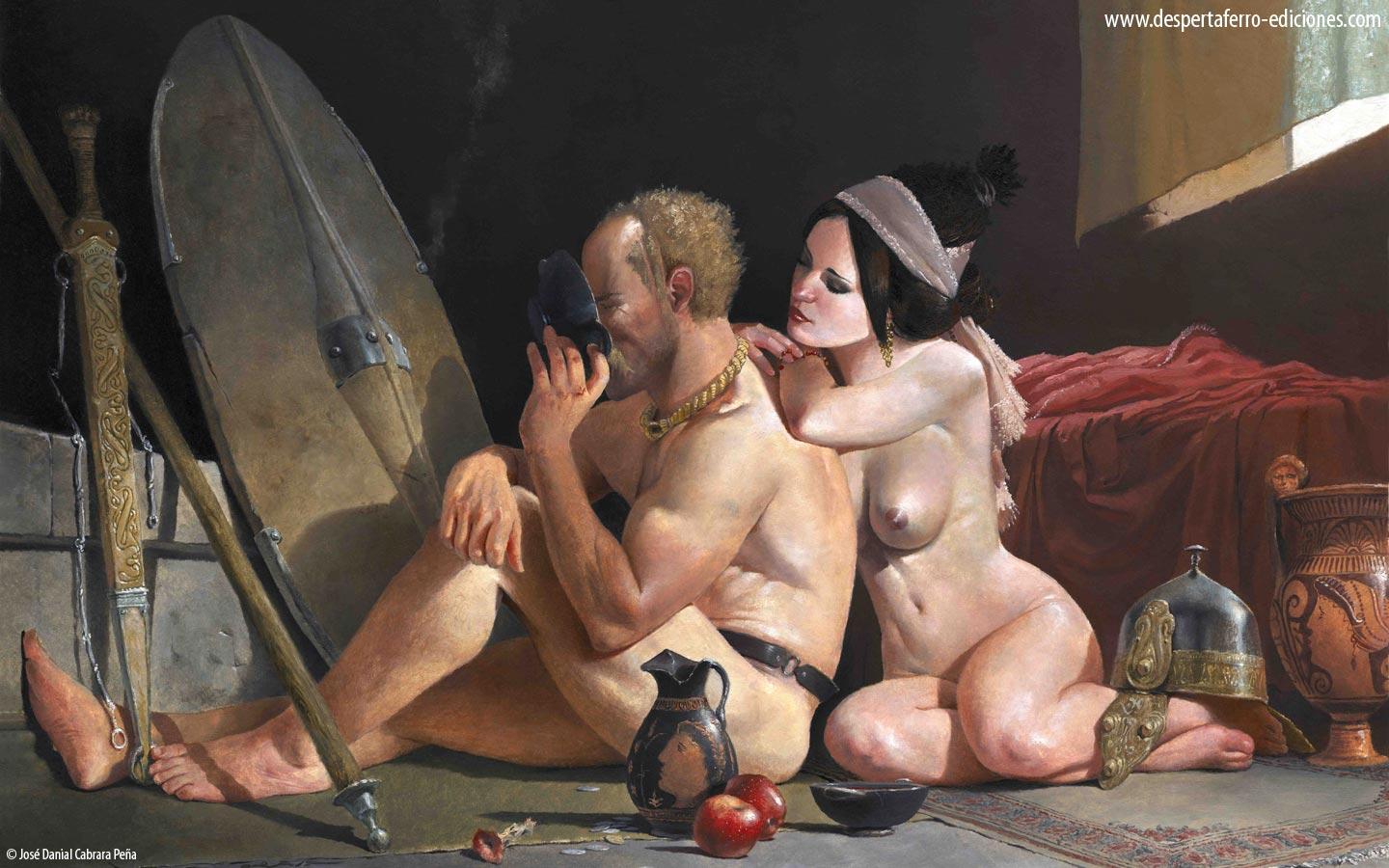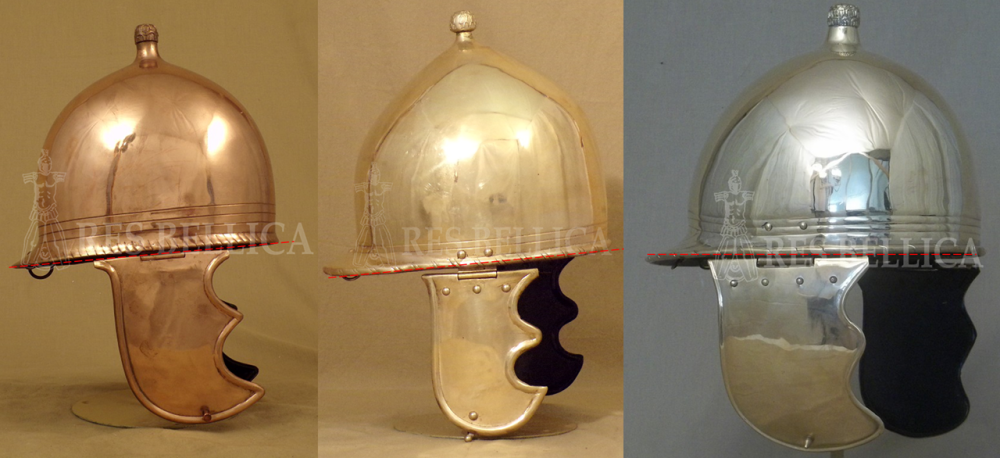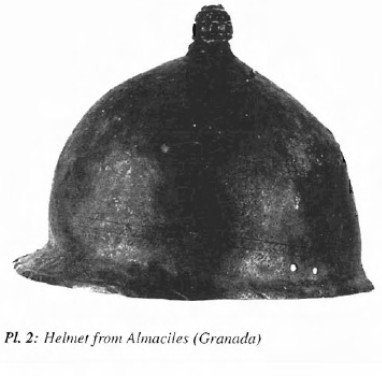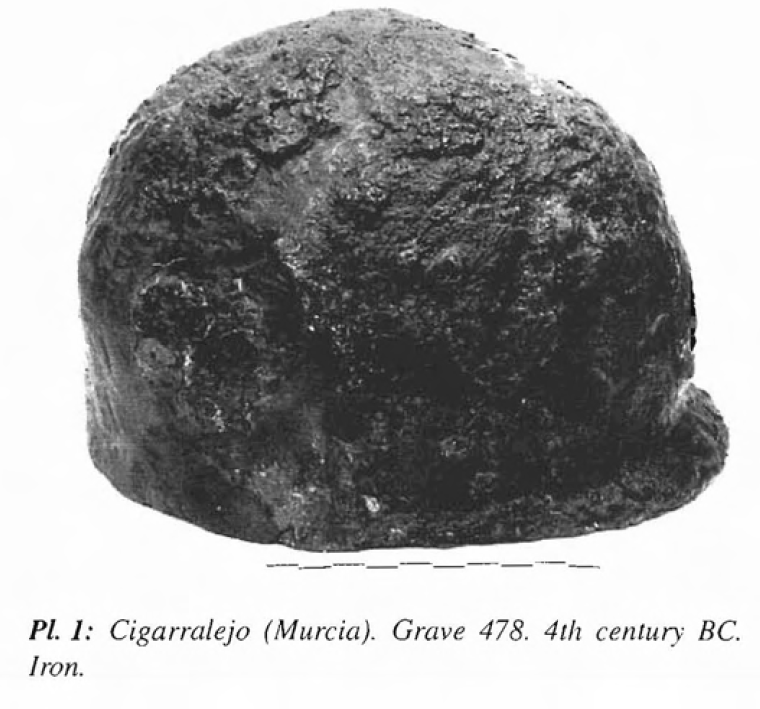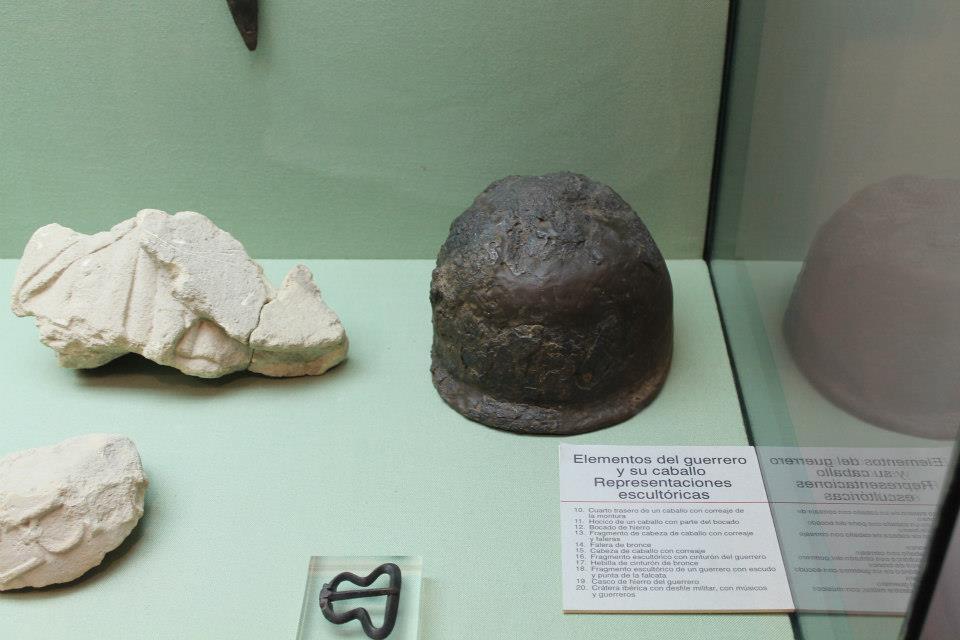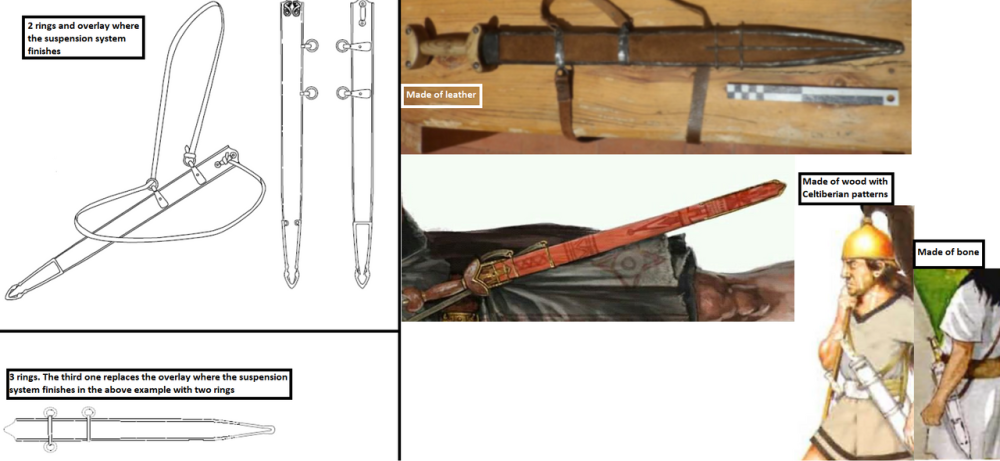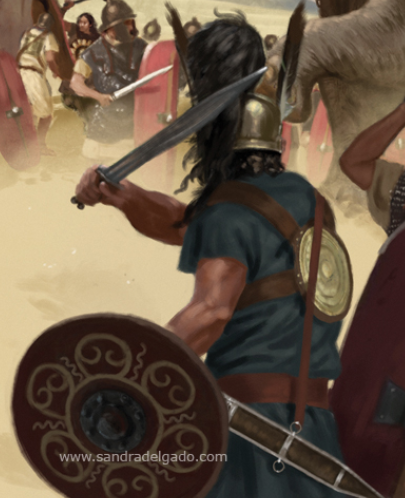-
Posts
2.385 -
Joined
-
Last visited
-
Days Won
80
Everything posted by Genava55
-
.thumb.jpg.b21ca1d0c15fb56b42c39b25a0a40815.jpg)
The Gauls, religiously gore and gruesome
Genava55 replied to Genava55's topic in Tutorials, references and art help
-
.thumb.jpg.b21ca1d0c15fb56b42c39b25a0a40815.jpg)
Others RTS - Discuss / Analysis
Genava55 replied to Lion.Kanzen's topic in Introductions & Off-Topic Discussion
What happened? Copyright issues? -
.thumb.jpg.b21ca1d0c15fb56b42c39b25a0a40815.jpg)
Others RTS - Discuss / Analysis
Genava55 replied to Lion.Kanzen's topic in Introductions & Off-Topic Discussion
https://www.moddb.com/mods/battle-for-middle-earth-2-hd-edition https://www.reddit.com/r/Bfme2/ It's amazing how much the LOTR community is active in modding -
The dao is a thick one edged sabre. The jian is a double-edged sword. Two-handed Jian is fine, if you want to go for a chinese label, zhanmajian is correct too.
-
https://en.wikipedia.org/wiki/Zhanmadao https://wikihmong.com/en/Chinese_swords#Han_dynasty_(206_BC–220_AD) https://greatmingmilitary.blogspot.com/2015/04/zhan-ma-dao.html For an Imperial guard or an executioner ? Or for a special cavalry?
-
http://thomaschen.freewebspace.com/photo.html It seems to have existed during the early part of the Han dynasty
-
I think they practiced cremation as burials.
-
I wonder if artillery projectile could be ok for fortresses or wall towers
-
Strabo. "At any rate, the Lusitanians, it is said, are given to laying ambush, given to spying out, are quick, nimble, and good at deploying troops. They have a small shield two feet in diameter, concave p73 in front, and suspended from the shoulder by means of thongs (for it has neither arm-rings nor handles). Besides these shields they have a dirk or a butcher's-knife. Most of them wear linen cuirasses; a few wear chain-wrought cuirasses and helmets with three crests, but the rest wear helmets made of sinews. The foot-soldiers wear greaves also, and each soldier has several javelins; and some also make use of spears, and the spears have bronze heads. "
-
.thumb.jpg.b21ca1d0c15fb56b42c39b25a0a40815.jpg)
===[COMMITTED]=== Iberian Unit Textures
Genava55 replied to wackyserious's topic in Completed Art Tasks
Here -
.thumb.jpg.b21ca1d0c15fb56b42c39b25a0a40815.jpg)
===[COMMITTED]=== Iberian Unit Textures
Genava55 replied to wackyserious's topic in Completed Art Tasks
That's fine like this. -
.thumb.jpg.b21ca1d0c15fb56b42c39b25a0a40815.jpg)
===[COMMITTED]=== Iberian Unit Textures
Genava55 replied to wackyserious's topic in Completed Art Tasks
Yes, label it iber_helmet_cigarralejo it is better. This is a unique helmet in the current state, I would say it is better to not classify it as a montefortino. Yes. Although the straight neck guard is difficult to reproduce in low poly. As I said this is a unique piece. There is no decoration visible and described. Nor any crest or cheek guards. There is a kind of crest found at Cigarralejo but it doesn't match the helmet, it belongs to an organic helmet probably. -
.thumb.jpg.b21ca1d0c15fb56b42c39b25a0a40815.jpg)
===[COMMITTED]=== Iberian Unit Textures
Genava55 replied to wackyserious's topic in Completed Art Tasks
That's not bad but I think there is a misunderstanding I want to clarify. The typology of Montefortino helmets is a mess. Everybody call Montefortino a family of helmets that have very different features, conceptions and technology. This is due to a 19th legacy from early historians and it has spread everywhere. First of all, a helmet in bronze is always different from a helmet in iron. This is simply not the same technology and the same conception. They could cast bronze, because bronze can be easily molten. Not iron, at that time the only way to make an iron helmet is to forge it, hammering iron sheets and giving it the desired shape through a long processing. Finally, the Montefortino are made by various people. Romans, Etruscans, Celts, Phoenicians, Iberians and even Greeks at some point. It has a very long history and it has seen specific cultural development. The biggest difference is between the Celtic iron version and the Mediterranean version in bronze. Here's a link about the Roman Montefortino with several variants: https://www.res-bellica.com/en/montefortino-type-helmets-a-chronology/ You should notice that the bottom and the neck guard are all straight: While a Celtic Montefortino in iron is like this: As you should see now, this is really two different helmets. The iron helmet made by the Celts has a neck guard going down, because it is a separated piece riveted to the bell. While in the bronze helmet made by the Romans, the neck guard and the bell are made of a single piece. Those examples are simply to show you the most different features. Some Celtic helmets in iron don't have neck guard going down like this. There is even some Celtic Montefortino made in bronze. Those examples are simply the extreme cases to help you picture it. But generally bronze Montefortino have this straight line. It has changed only at the very end of the Republican period (1st c. BC) when the Buggenum variant started to appear: So back to the Iberian bronze Montefortino, it has clearly the same straight line feature: The case of the iron helmet from Cigarralejo is bothering. Quesada-Sanz calls it a Celtic type, and it has been found in a purely Iberian context in south-east Spain: However, I think this is a case of unintelligence due to the horrible mess constituting the Montefortino typology. This is not a Montefortino. Quesada-Sanz is mistaken and the only one having a clear mind on this one is Garcia-Jimenez. He has questioned the classification of this helmet as Montefortino and see similarity with the older Bockweiler type that has been found in Hallstatt. Cigarralejo has no tip, it has a straight line at the bottom and it is made in iron. There is not a single comparable evidence from a Montefortino helmet. If it is a Celtic type, then the tip is missing. Which is possible because Garcia-Jimenez mentioned that the helmet has been poorly restored. -
.thumb.jpg.b21ca1d0c15fb56b42c39b25a0a40815.jpg)
===[COMMITTED]=== Iberian Unit Textures
Genava55 replied to wackyserious's topic in Completed Art Tasks
-
.thumb.jpg.b21ca1d0c15fb56b42c39b25a0a40815.jpg)
What happened to the cheat to place down units?
Genava55 replied to GeneralKong's topic in General Discussion
I think you can launch a game from the editor too. Maybe that? -
What is the average polygon count now? In comparison with the old total war, it seems that 800 is really low: https://www.twcenter.net/forums/showthread.php?790126-What-is-the-limit-in-polygons-for-Medieval-2-models-using-the-4gb-patch
-
.thumb.jpg.b21ca1d0c15fb56b42c39b25a0a40815.jpg)
===[COMMITTED]=== Iberian Unit Textures
Genava55 replied to wackyserious's topic in Completed Art Tasks
The Celts wore the sword on the right side. Like the Romans. The Iberians and the Celtiberians wore the sword on the left generally, like the Greeks. -
https://en.wikipedia.org/wiki/Punicus https://en.wikipedia.org/wiki/Caucenus https://en.wikipedia.org/wiki/Caesarus https://en.wikipedia.org/wiki/Tautalus https://en.wikipedia.org/wiki/Olyndicus https://es.wikipedia.org/wiki/Retógenes_el_Caraunio (it is in Spanish but it is really a valid candidate) https://en.wikipedia.org/wiki/Tanginus Chalbus of the Tartesii:
-
.thumb.jpg.b21ca1d0c15fb56b42c39b25a0a40815.jpg)
Bibliography and references about ancient times (+ book reviews)
Genava55 replied to Genava55's topic in General Discussion
Database and introductory website for Iberian, Celtiberian and Lusitanian epigraphy: http://hesperia.ucm.es/index.php -
The short film made by Les Ambiani is officially available on youtube check this album too:
- 264 replies
-
- 1
-

-
- britons
- east celtic
-
(and 2 more)
Tagged with:
-
.thumb.jpg.b21ca1d0c15fb56b42c39b25a0a40815.jpg)
===[COMMITTED]=== Iberian Unit Textures
Genava55 replied to wackyserious's topic in Completed Art Tasks
For the Romans they definitely are using it during the Punic Wars, Polybius mentioned it explicitly. But for the Iberians and Celtiberians, according to the articles above, the evidence for breastplates seems to stop both in the archaeological records and artistic depictions at the beginning of the 3rd c. BC. -
https://www.stadt-zuerich.ch/hbd/de/index/staedtebau/archaeo_denkmal/archaeo/themen/keltin_kelte.html
- 264 replies
-
- 1
-

-
- britons
- east celtic
-
(and 2 more)
Tagged with:
-
.thumb.jpg.b21ca1d0c15fb56b42c39b25a0a40815.jpg)
===[COMMITTED]=== Iberian Unit Textures
Genava55 replied to wackyserious's topic in Completed Art Tasks
The breastplate (cardiophylax) is also something from an earlier period right? Not in use anymore during the Punic Wars? -
.thumb.jpg.b21ca1d0c15fb56b42c39b25a0a40815.jpg)
===[COMMITTED]=== Iberian Unit Textures
Genava55 replied to wackyserious's topic in Completed Art Tasks
The Celtic montefortino isnt widespread in the Iberian peninsula. The Celtiberians never used it, only the Iberians of the North-East like the Illergetae. -
.thumb.jpg.b21ca1d0c15fb56b42c39b25a0a40815.jpg)
Delenda Est: An overhaul mod for 0 A.D.
Genava55 replied to wowgetoffyourcellphone's topic in Delenda Est
Britomaros / Viridomaros is the king of the Gaesatae http://encyclopedie.arbre-celtique.com/britomaros-viridomaros-2219.htm I would say Bolgios: https://en.wikipedia.org/wiki/Bolgios Or Ambiorix: https://en.wikipedia.org/wiki/Ambiorix Or Comontorios from Tylis kingdom https://en.wikipedia.org/wiki/Tylis Or Luern the Arvernian king https://fr.wikipedia.org/wiki/Luern

